How to reanimate myrtle if it has dried up?
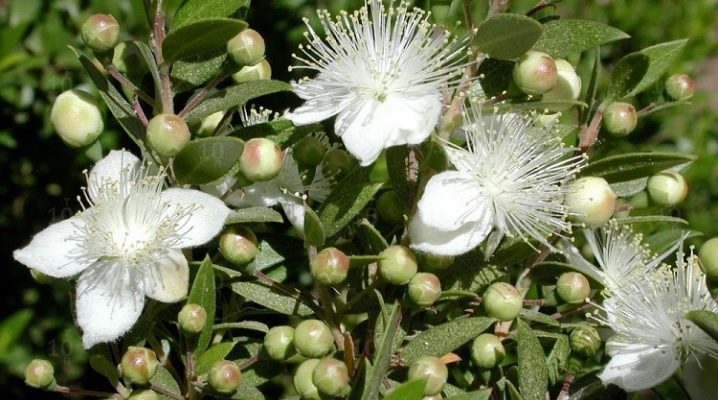
A well-groomed and beautifully formed myrtle tree is appropriate in the interior of any study, office or apartment. This leafy beauty has a rich pedigree that dates back to the days of Ancient Greece. Translated from the Greek language "myrtle" means "balm". Perhaps this name is somehow connected with the fact that its medicinal and useful properties have long been known. We can talk for a long time about the value of myrtle, from a medical point of view, and about the usefulness of its properties, but it is enough to state the fact that today the absolute majority of everyone who is concerned about health problems is interested in the topic of growing myrtle, its properties and application.
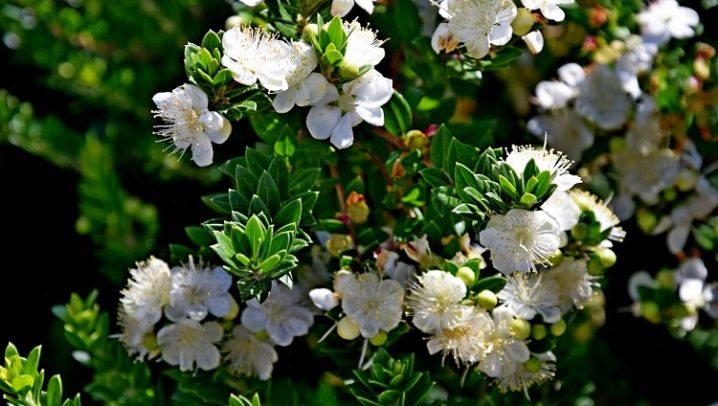
Short description
Myrtle is an evergreen decorative fragrant tree of the myrtle family with shiny dense dark green leaves. It begins to bloom at the age of about five years with fragrant inflorescences of light shades. Fruits with black edible berries. Myrtle leaves are capable of producing aromatic compounds and essential oils, emitting a subtle fragrant aroma into the environment, vaguely reminiscent of the smell of pine needles.

Drying reasons
Unfortunately, like any plant, myrtle is susceptible to disease and can be affected by pests. The main reasons for deviations in the development of a plant are violations of the rules of care: untimely watering, improper feeding, inadequate conditions of detention, damage by pests. Under unfavorable conditions, leaves begin to curl and fall on the myrtle tree, white spots may appear on them.
Noticing in appearance signs of malaise (myrtle began to dry out and shed foliage), establish the causes of their appearance and immediately take measures to eliminate the causes of discomfort in the development of the plant.
If you do not correct the situation in time, then soon you will have to contemplate the dull plant, on which there are bare branches.
If the "leaf fall" is just beginning (the leaves began to curl and turn yellow), lower the pot for 10-15 minutes in a container with water (through the drainage holes, the water will quickly saturate the earthen lump). Do not overdo it - after the specified time, remove the pot and put it on the pallet... When excess moisture drains, immediately drain it, avoiding stagnation. This procedure will help the myrtle "stay afloat." It may be possible to avoid a radical deterioration in the condition of the flower and prevent it from drying out.
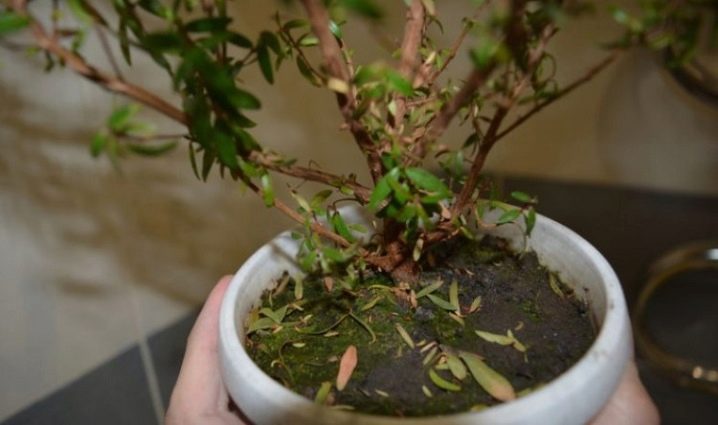
Ways to "save" myrtle
If this did happen, despite the measures taken, do not rush to get rid of the myrtle tree. Practice shows that in some situations it can be saved. Be sure to try to revive the tree, once again carefully examine its branches. If they bend easily, but do not break, then the myrtle may well recover. Undermine the roots a little and inspect them too. If the roots of the plant are not completely dry, there is hope for salvation.
If the tree has dried up due to untimely watering or insufficient humidity in the room, it is necessary to water it very abundantly and place it together with the crown in a large transparent bag, leaving the possibility of air access so that it does not rot. The bag can be pulled on 4 high support sticks stuck into the soil along the perimeter of the pot, and the bag can be fixed at the bottom with an elastic band. For ventilation, cut one corner of the bag and periodically open it in this place.
Instead of a bag, you can use a large plastic bottle (5 liters or more) or an old aquarium to cover the flower - it is important to provide the plant with high humidity ("greenhouse effect").

Repeat this procedure daily for about three weeks to "water" the plant. Spray it with Epin's solution once a week, trying to completely wet all the branches and trunk. This versatile adaptogen will help wake up the plant's reserve forces and stimulate the growth and development of dormant cells. Prepare the Epin solution (7–8 drops per 1 liter of water) immediately before use, do not store the solution - it loses its beneficial effect in a short time.
Be extremely careful, do not repeat mistakes, often water and spray the plant only with settled water without chlorine, but do not allow waterlogging - drain excess water from the pan. Show perseverance and patience, and fresh leaves will slowly grow on the branches (seemingly completely dry). If this is not the case, slightly cut the bark of the plant with a sharp knife - the green tint of the trunk under the incision allows us to hope that recovery is possible and you need to wait a little longer.
But the brown color of the trunk will indicate that you have to come to terms with the irretrievable loss of the flower and stop trying to save it, but in most cases such a set of measures turns out to be successful.

Perhaps the myrtle has dried up from excessive fertilization. Remove it from the old soil, after moistening the soil well, carefully rinse the roots, cut off dried and rotten areas. Transplant the flower into a different soil specifically designed for plants in the myrtle family. (buy it from the store), give the plant maximum attention in caring for it. There is a chance to revive the tree in this way and save it from death, but the procedure is very risky.
It is important in critical situations with a myrtle tree to never give up and use all possible ways to save it, deepen your knowledge in this area, communicate on forums with experienced flower growers, and once again read special literature on botany and floristry. It is necessary not only to passively look at the problem, but to immediately start doing something and take effective measures. When your efforts are crowned with success, you will keep the most useful plant in your home and get a lot of positive emotions from the result.
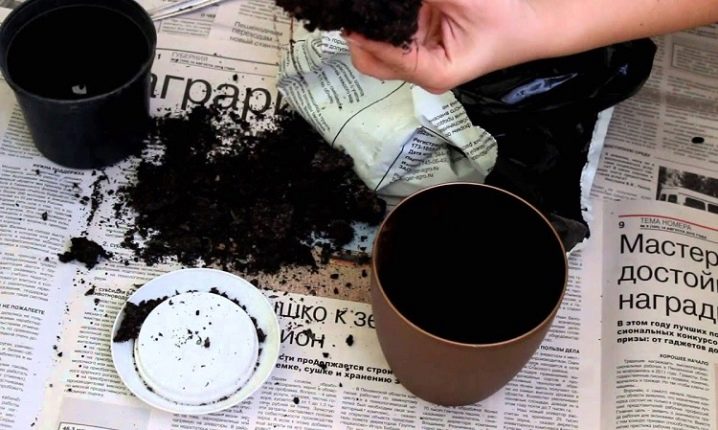
Care advice
If you decide to settle this amazing creation of nature at home, thoroughly study all the subtleties of growing and caring for it, so as not to get complete disappointment from vain efforts. Indoor myrtle is very sensitive to conditions of detention and immediately reacts to rough handling. Remember that when growing myrtle, it is much easier to strictly follow all the points of care (and they are not so difficult) than to cope with the restoration of a diseased plant.
Carefully inspect the tree systematically, observe the condition of its leaves, monitor the atmosphere in the room. The optimum humidity for myrtle is about 70%. At home, you can prevent the air from drying out during the heating season by placing containers with water on the heating radiators, or using a special device for humidifying the air. The temperature in the room must be kept within 18-22 degrees above zero. Myrtle loves bright diffused light without direct sunlight, but there are periods when cloudy weather sets for a long time and a series of prolonged rains sets in.
To prevent insufficient illumination and its consequences, hang low over the flower with an ordinary household fluorescent lamp (20 W and above).

This capricious flower is demanding for watering and dries up very quickly - just one drying out of an earthen coma is enough, so the soil should always be moist, but not waterlogged. You need to water and spray the flower every day only with settled water. In winter, when the activity of metabolic processes in the plant decreases and a dormant period begins, the flower should be placed in a cool place (about 8-10 degrees), watering should be reduced and feeding should be stopped.
If pests are found, immediately proceed with complex insecticide treatment in strict accordance with the recommendations. By following these simple rules, you will avoid many problems with growing an indoor myrtle tree.
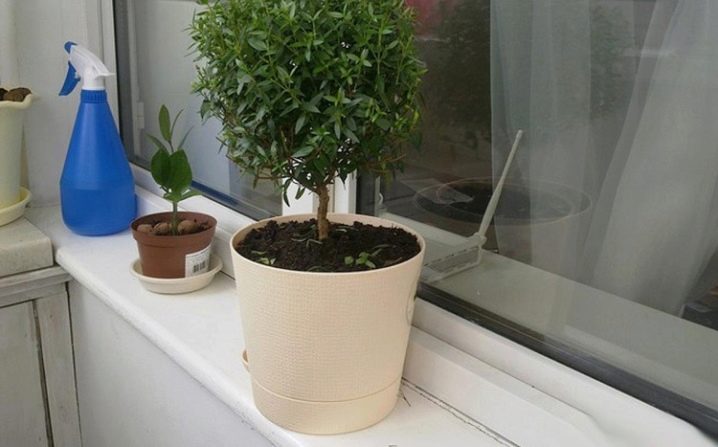
Beneficial features
The myrtle plant is the richest storehouse of medicinal properties. It is able to purify the composition of the air, increase immunity, improve mood, and soften coughs. Its antibacterial, antiviral and anti-inflammatory properties are widely known and are actively used in medicine. Tinctures are made from its components, which are used in the treatment of many diseases. (among them some diseases of the heart, liver and kidneys, diabetes, sinusitis and even some types of cancerous tumors).
Myrtle oil, prepared from the essential compounds of this plant, is widely used in cosmetics, tones and heals the skin, invigorates and improves mood, strengthens hair. And this is only a small part of all the useful and medicinal properties of this amazing plant, which is becoming more and more popular among amateur flower growers.

























The comment was sent successfully.